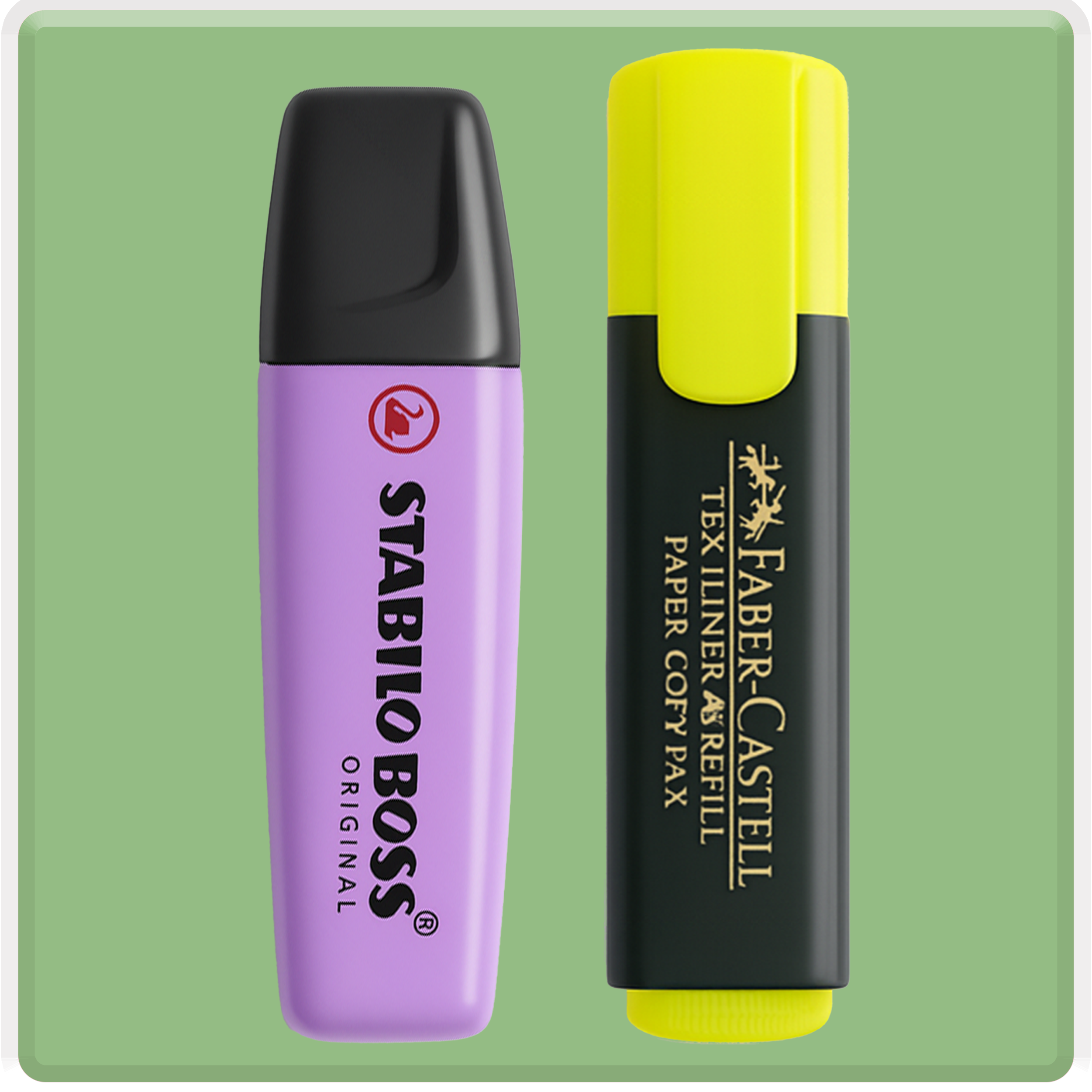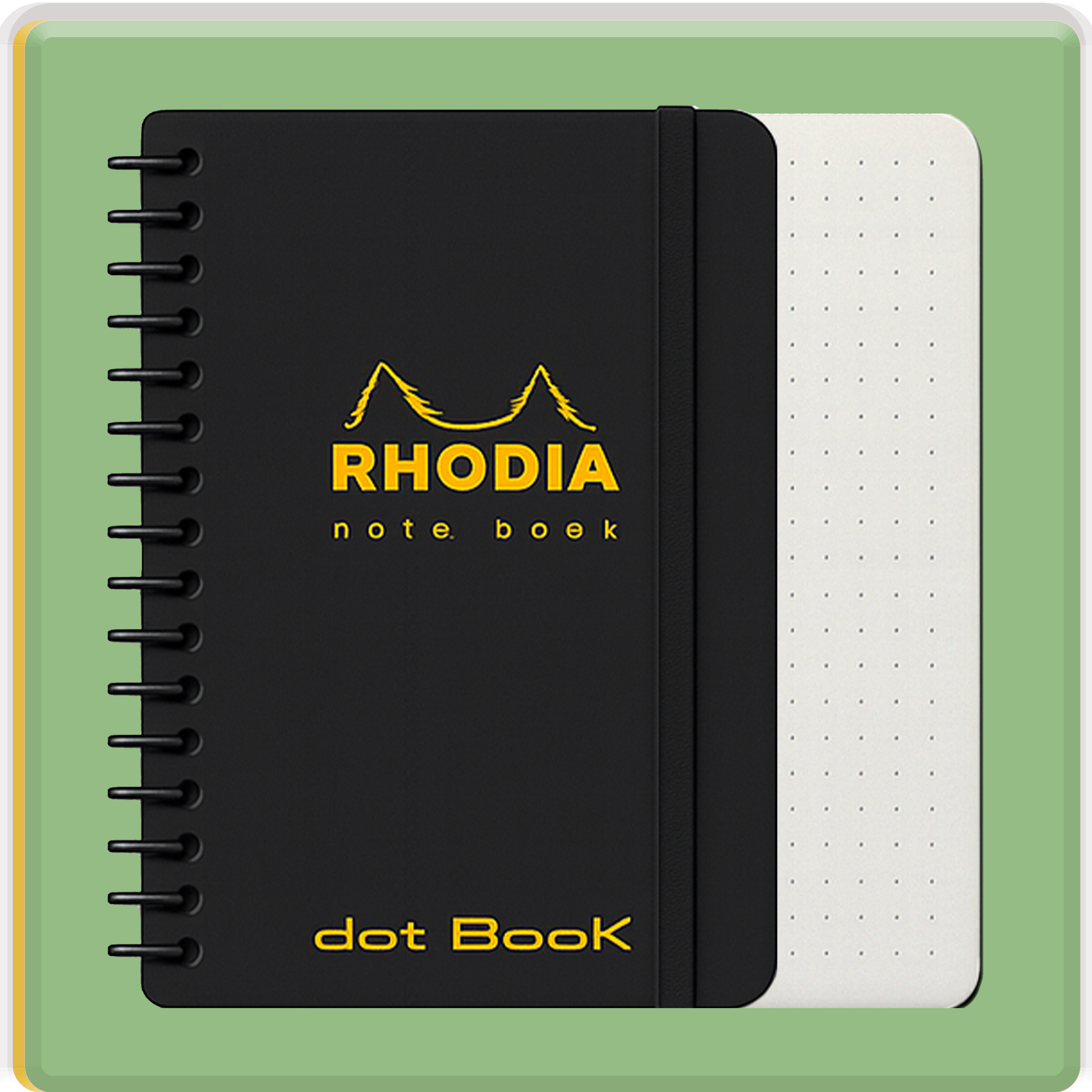
Masking fluid, the unsung hero of the art world, is a tool that can elevate your artwork to new heights. Whether you're a seasoned artist or just starting on your creative journey, understanding how to use masking fluid can unlock a world of possibilities. In this blog, we'll dive deep into the magical realm of masking fluid, exploring its applications, techniques, and unleashing your inner artist. But before we embark on this artistic adventure, let's start with the basics.
What is Masking Fluid?
Masking fluid is a liquid or semi-liquid material that artists use to protect certain areas of their paper or canvas from receiving paint or other artistic mediums. It acts as a barrier, preserving the pristine whiteness of the paper beneath while you freely apply paint, ink, or watercolor over it. Think of it as a magical shield for your paper, allowing you to create intricate details and vibrant backgrounds with ease.
Materials You'll Need
Before we get into the nitty-gritty of using masking fluid, make sure you have the following materials ready:
Masking Fluid: There are different types available, so choose one that suits your needs. Some come in bottles with fine applicator tips, while others are in the form of pens.
Watercolor Paper or Canvas: Your surface of choice for creating art.
Paints or Inks: Depending on your preference and style, gather the colors you want to use.
Brushes: Have a selection of brushes on hand, including one for applying the masking fluid.
Palette: For mixing your colors.
Now that you've gathered your materials let's dive into some creative techniques for using masking fluid:
- Precision Drawing
Imagine you want to create a detailed painting, but you're worried about accidentally painting over certain areas. This is where masking fluid comes to the rescue. Use a fine brush or applicator tip to draw precise lines or intricate shapes directly onto your paper or canvas. Let the masking fluid dry completely before you start painting. Once your artwork is finished, you can gently rub or peel off the dried masking fluid to reveal the untouched areas beneath.
- Stunning Textures
Masking fluid isn't just for lines and shapes. You can use it to create fascinating textures in your artwork. Apply the masking fluid with a sponge, a crumpled paper towel, or even your fingers to create unique textures on your surface. When you paint over it and remove the masking fluid, you'll be left with a captivating textured background.
- Reserving Highlights
In watercolor painting, preserving the bright, white highlights can be a challenge. Masking fluid makes it a breeze. Apply the fluid to the areas you want to keep white, let it dry, and then paint over your entire surface. When you remove the masking fluid, you'll have perfectly preserved highlights that make your artwork pop.
- Layering and Depth
One of the magical properties of masking fluid is its ability to preserve layers in your artwork. By applying masking fluid to specific areas between layers of paint, you can build depth and dimension. It's like creating a hidden world beneath the surface of your painting, waiting to be revealed.
- Colorful Backgrounds
Masking fluid isn't just for watercolorists. Acrylic and oil painters can also benefit from its creative potential. Use masking fluid to create intricate backgrounds in your paintings. Apply it in patterns or shapes, let it dry, and then paint over it with your preferred medium. When you remove the masking fluid, you'll uncover a colorful surprise beneath.
- Mixed Media Magic
Masking fluid plays well with other artistic mediums. Combine it with ink, pastels, or even collage elements to add depth and texture to your artwork. Experimentation is the key to discovering new and exciting possibilities.
- The Power of Negative Space
Art isn't just about what you create; it's also about what you leave behind. Masking fluid can help you embrace the beauty of negative space. Apply it liberally, covering large areas of your canvas or paper. Paint over it with bold strokes or intricate details. When you peel away the masking fluid, you'll reveal a masterpiece that thrives on balance and contrast.
- Seal the Deal
Once your artwork is complete, don't forget to remove the masking fluid carefully. Use a rubber cement pick-up or your fingers to gently lift and peel away the dried fluid. Be patient and take your time to ensure your masterpiece remains unharmed.
Ready to embark on your artistic journey with masking fluid? Explore the endless possibilities and let your creativity flow. And while you're at it, don't forget to check out Scooboo, your ultimate guide to discovering new art supplies, tips, and tricks to fuel your creativity.
In conclusion, masking fluid is a versatile and indispensable tool for artists looking to push the boundaries of their creativity. Whether you're a painter, illustrator, or mixed media artist, mastering the art of masking fluid opens up a world of possibilities. So, grab your materials, unleash your imagination, and start creating stunning artworks with the magic of masking fluid.









